What’s the Measure of Soybean Success
What technologies should farmers adopt to obtain the next incremental soybean yield gains after they have done everything else right? That was the question we asked ourselves back in 2012 when we set out to write the Illinois Soybean Production Guide, sponsored by the Illinois Soybean Association. Prior to 2012 many growers felt that soybean yields were stagnant while corn yields kept increasing. Growers treated soybeans as a second-class rotational crop because their yield expectations were quite low. Soybean yields were slowly increasing with genetic gains of a third to half a bushel per year, while corn yields increase [...]
Soybean Starter Applications Show Promise
As producers strive to increase soybean yields, research into adopting high yield strategies shows promise. In recent years, the most consistent results in achieving high yields have been attained when a season-long approach to soybean management was used in conjunction with a starter fertilizer application. In an in-furrow row starter, both phosphorus and potassium greatly influence soybean development. Phosphorus helps to stimulate early root growth and development, and potassium has been proven to enhance nodulation and increase nitrogen fixation in the nodules. Potassium has also been shown to increase leaf size and the total leaf area. Nitrogen is typically [...]
Spring Flooding and Spring Planting
Excessive rainfall and quick snow melt have led to flooding, ponding water and saturated soils. These conditions could impact when acticities begin this spring. The excessive flooding in parts Farm Field, Douglas County Nebraska, March 17, 2019. of the U.S. has done property, infrastructure and even soil damage. Farmsteads, roads, bridges and waterways (creeks and rivers) have been impacted by flooding. Excessive runoff and rainfall have inundated farm fields with water and debris and caused erosion. Fields will need to drain and dry, be cleaned of debris and have erosive gullies corrected before field work can begin. The outcomes [...]
ISA Selects Soybean Experts to Cover 2019 Growing Season
A new class of soybean experts is ready to provide local recommendations to help Illinois soybean producers increase yields and profits while minimizing their environmental impact. The 2019 CCA Soy Envoys, which are supported by the Illinois Soybean Association (ISA) checkoff program, will contribute actionable information, advice and in-season updates via ILSoyAdvisor.com to assist Illinois producers with their goals. The 2019 class members include: Brian Gordon – Iroquois County Gordon is a farm leader in training for Martin Family Farms at their Northfork location, a 10,000-plus sow farm just across the Illinois state line in Boswell, Ind. He is [...]
Phytophthora Management in 2019
A question I am often asked is: How should I select soybean varieties when looking at my farm’s history of Phytophthora root and stem rot? With a cool start to the 2018 growing season across the state there were minimal Phytophthora issues at emergence. However, just a few weeks later there were multiple instances of Phytophthora appearing in fields where drought stress had just started to set in, but was quickly followed with heavy rainfalls. When soils are saturated and soil temperatures begin to warm an ideal environment for disease development is created. Looking at a multi-level management approach [...]
All About Populations
One of the most important decisions growers make every year is the selection of planting populations for both corn and soybeans. In both cases growers want to save seed costs, but still maximize yields. Each crop responds differently to raising or lowering populations. Here’s a look at choosing the proper population for soybeans. Soybeans respond very differently than corn to population changes. In lower-producing fields under tough conditions, we recommend planting soybeans at a higher population. This is the opposite of corn, where often lower populations are utilized on less productive soils. Our Soybean Planting Rates chart shows our [...]

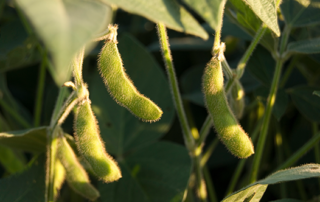
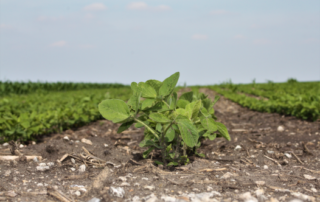
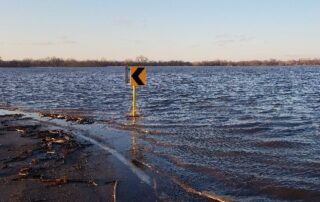
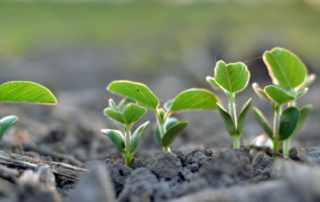
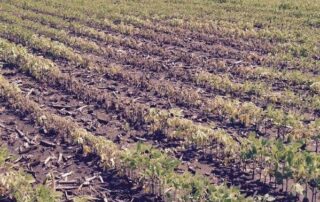
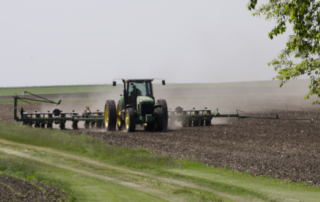

 and then
and then